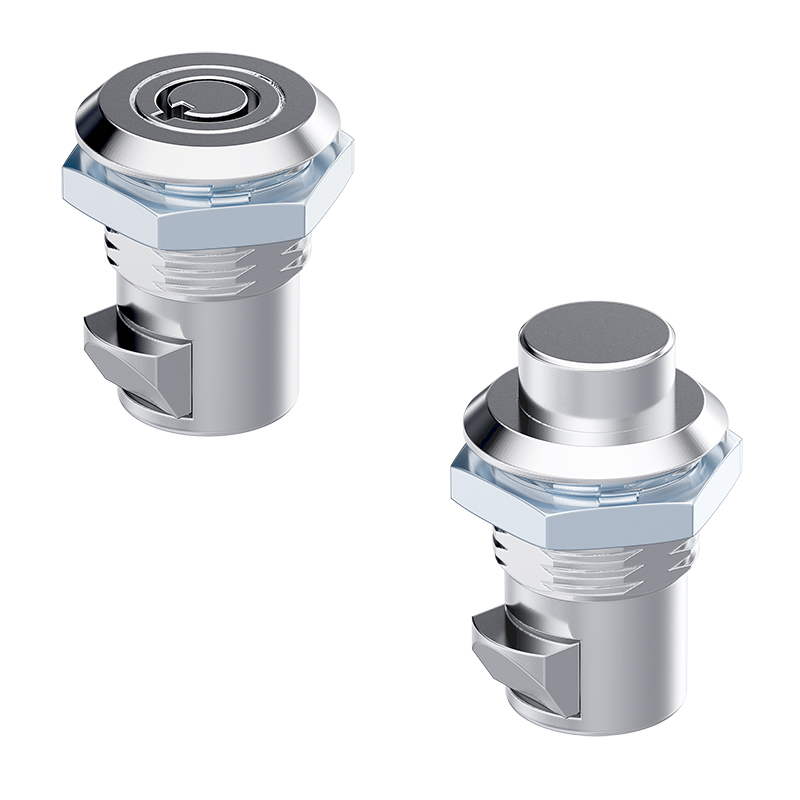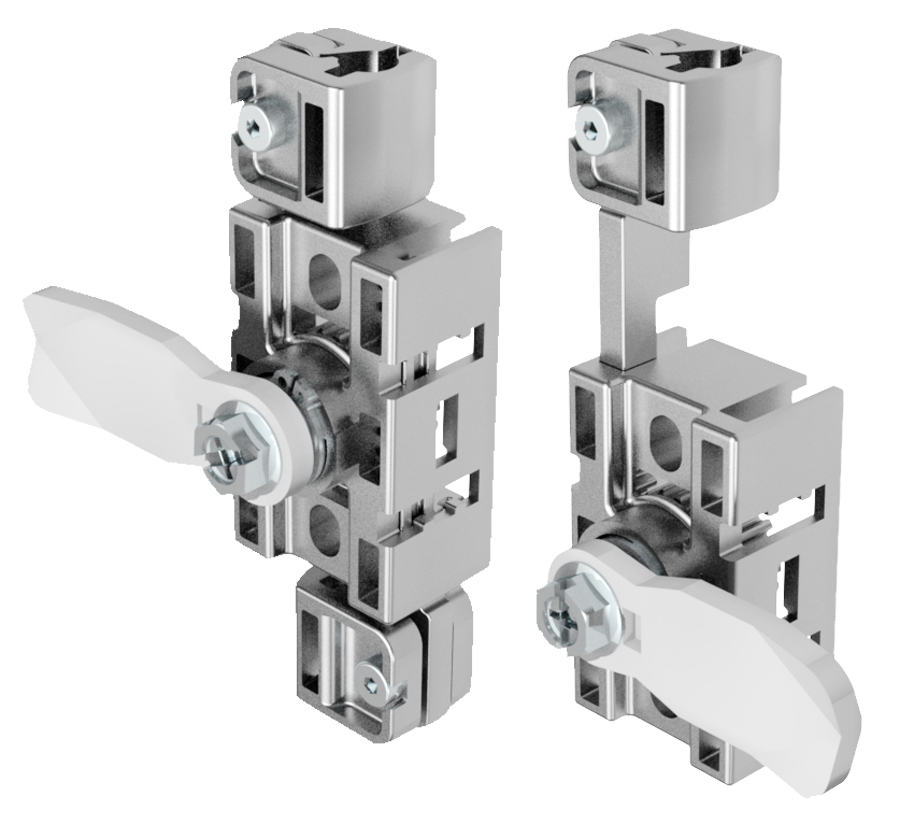Wrenches are essential tools in both professional and DIY settings. They come in various types, each designed for specific tasks, and understanding their functions can significantly improve your efficiency and effectiveness in any mechanical or repair job. This article explores the different types of wrenches, their uses, and maintenance tips. Additionally, we’ll touch on how wrenches are used in conjunction with materials like geotextile in construction and engineering projects.
What are the different types of wrenches and their uses?
Wrenches come in several types, each serving a unique purpose:
- Open-End Wrench: Features two open-ended jaws for gripping different sizes of nuts and bolts. Ideal for quick adjustments.
- Box-End Wrench: Encloses the nut or bolt, providing a better grip and reducing the chance of slipping.
- Combination Wrench: Combines an open-end and a box-end on either side, offering versatility for various tasks.
- Adjustable Wrench: Has a movable jaw to accommodate different sizes of fasteners. Useful for situations where the exact size is unknown.
- Socket Wrench: Utilizes interchangeable sockets to fit different sizes of fasteners. Great for applying torque in tight spaces.



How do you properly maintain and care for your wrenches?
Proper maintenance extends the life of your wrenches and ensures they perform effectively:
- Clean Regularly: Remove dirt, grease, and rust from your wrenches using a cloth or brush.
- Inspect for Damage: Regularly check for any cracks, worn-out jaws, or other signs of damage.
- Lubricate Moving Parts: For adjustable wrenches, lubricate the movable parts to ensure smooth operation.
- Store Properly: Keep wrenches in a dry, organized place to prevent rust and damage.
Can wrenches be used with geotextile materials?
Yes, wrenches can be used in applications involving geotextile materials, particularly in construction and engineering projects. Geotextiles are used for soil stabilization, erosion control, and drainage, and often require the installation of various components like anchors and fasteners. Wrenches are used to tighten and secure these fasteners to ensure the geotextile is properly placed and maintained.
What should you consider when choosing a wrench for a specific task?
When selecting a wrench, consider the following factors:
- Size and Type of Fastener: Match the wrench size and type to the fastener you’re working with.
- Working Space: Choose a wrench that fits comfortably in the space where you need to work.
- Material and Build Quality: Opt for wrenches made from durable materials like chrome vanadium steel for longevity.
- Adjustability: If dealing with a range of sizes, an adjustable wrench or a set of sockets might be more practical.
Wrenches are indispensable tools in any toolkit, offering a range of options for different mechanical tasks. By understanding the types of wrenches and their specific uses, you can enhance your efficiency in various projects. Regular maintenance is crucial for keeping your wrenches in optimal condition. Additionally, wrenches play a vital role in projects involving geotextile materials, ensuring proper installation and function. Choosing the right wrench for the job involves considering the size, type, and working conditions, ensuring that you can tackle any task with confidence.